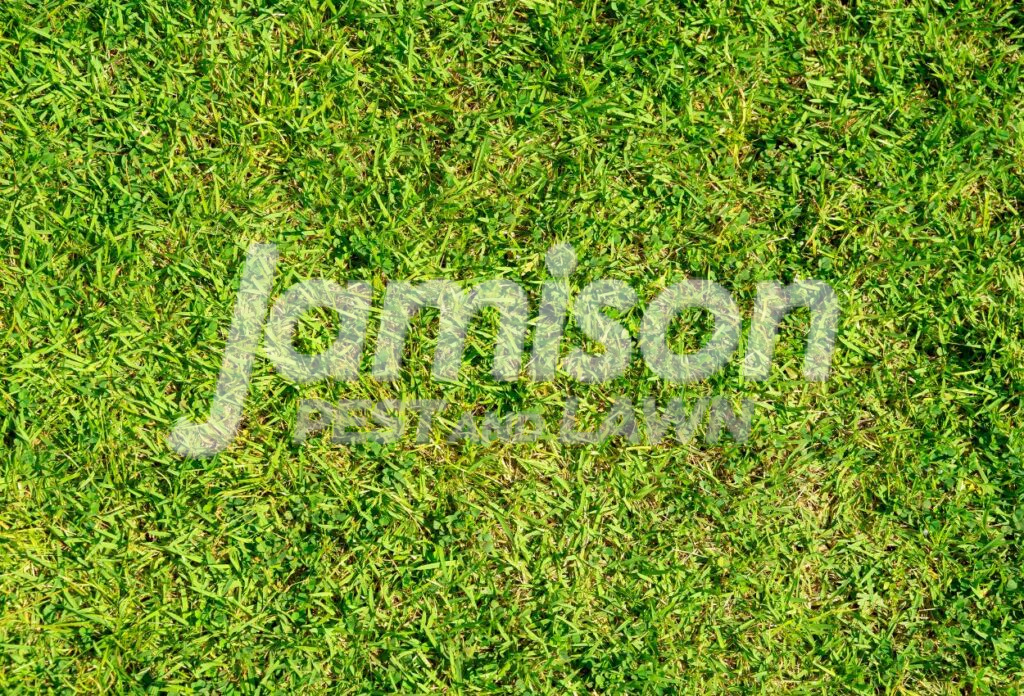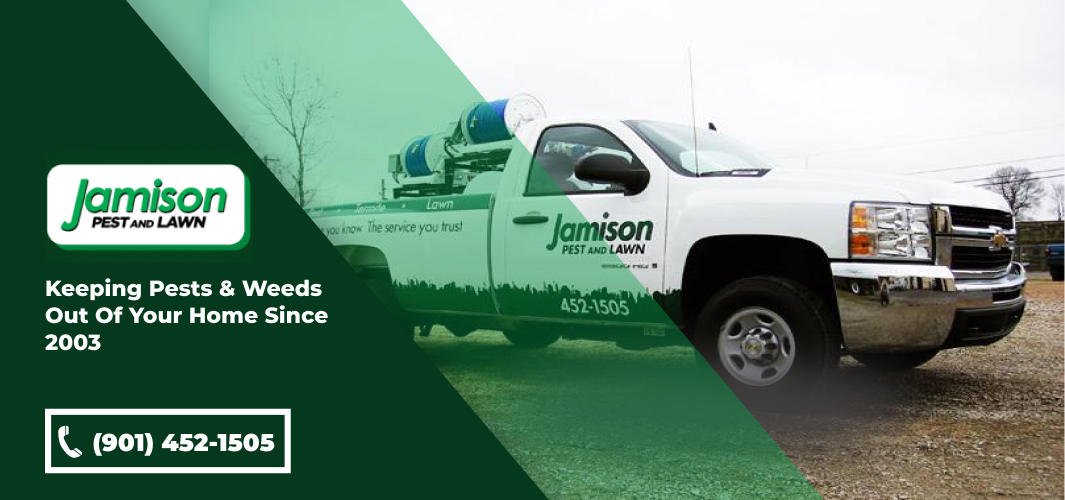Many homeowners take pride in their lawns as lush, green yards do wonders for the curb appeal and property value of a home. But there’s a common enemy that can ruin this beauty: crabgrass.
Crabgrass might seem like a unique type of grass for your lawn, but this is an unattractive weed, and a persistent invader that can take over your lawn. Knowing what crabgrass is, why it’s a problem, and how to prevent it can save you time, money, and frustration in maintaining a beautiful lawn. In this blog post, we’ll cover everything you need to know about crabgrass and let you about the proactive steps you can take to keep it at bay.
What Is Crabgrass?
Have you ever gone out to your lawn and noticed certain areas look different from the rest? Crabgrass might be the reason. Crabgrass is an annual weed that thrives in warm temperatures and disturbed soil. Unlike desirable turf grasses, crabgrass grows in clumps and spreads rapidly by producing thousands of seeds per plant. Its growth pattern is low to the ground, forming a dense mat that suffocates healthy grass.
Key Characteristics of Crabgrass:
Annual Growth Cycle:
This is a type of weed that lasts for a season. It germinates in spring, grows vigorously in summer, and dies in fall — but not before leaving behind seeds that will sprout the next year.
Sprawling Growth:
Unlike typical grasses that grow upright, crabgrass spreads outwards, making it difficult to control once it’s established itself on your lawn.
Resilient & Invasive:
It thrives in poor soil, full sun, and areas where grass is weak, making it a major problem for homeowners striving for a healthy lawn.
What Does Crabgrass Look Like?

Crabgrass has a distinctive appearance that sets it apart from regular turf grass. It grows in clumps, with coarse, light green leaves that radiate outward from a central point, resembling the legs of a crab — which is where its name comes from. The blades are wider than those of most turf grasses, with a slightly rough texture. As it matures, crabgrass develops seed heads that resemble fingers extending from a stalk. These seed heads produce thousands of seeds, contributing to its rapid spread.
Why Is Crabgrass A Problem For Your Lawn?
Many homeowners underestimate the impact crabgrass can have on their lawn’s health and appearance, and many have faced the consequences. Here’s why it is important to get rid of crabgrass early:
Competes With Your Lawn’s Natural Grass
Crabgrass is aggressive and will outgrow and overpower your turf grass, leaving your lawn thin, patchy, and unhealthy. Since it thrives in areas where there is weak grass coverage, any bare spots in your yard become prime real estate for this invasive weed.
Grows Really Fast
A single crabgrass plant can produce up to 150,000 seeds in just one season. These seeds remain dormant in the soil over winter, ready to sprout the following spring. Once it takes hold, it can be incredibly difficult to control.
Signals Lawn Weakness
Crabgrass is an opportunist. If it’s thriving in your yard, it usually indicates poor soil health, caused by improper mowing, compacted soil, or inconsistent watering habits. Healthy lawns with thick grass coverage naturally resist crabgrass growth.
Destroys The Lawn’s Appearance
A lawn with clean, uniform grass looks great, but a lawn riddled with crabgrass looks unkempt and patchy, detracting from the beauty of your home. Because it grows differently from regular grass, it creates an uneven appearance, diminishing curb appeal.
How Does Crabgrass Spread?
Understanding how crabgrass spreads is key to preventing and controlling it. Unlike some weeds that spread through underground roots, crabgrass primarily spreads through seeds. These seeds can be carried by wind, water, lawnmowers, or even stuck to shoes and pet fur.
Other Factors That Encourage Crabgrass Growth:
- Soil Disturbance: Areas where the soil has been turned over or disturbed make it easier for seeds to germinate.
- Warm Weather: Crabgrass thrives in temperatures above 55°F, making summer its peak growing season.
- Thin Lawns: Lawns with bare patches or weak grass coverage allow crabgrass to establish itself easily.
- Mowing Too Short: Cutting your grass too low weakens its root system, giving crabgrass more opportunities to invade.
How Can You Prevent Crabgrass From Spreading In Your Memphis Lawn?
Prevention is always better than trying to eliminate established crabgrass. Here are the best steps for crabgrass prevention:
Maintain a Thick, Healthy Lawn
The best defense against crabgrass is a healthy, dense lawn. Thick grass shades the soil, making it difficult for crabgrass seeds to germinate. Achieve this by:
- Choosing the right grass type for your region (Zoysia vs. Bermuda Grass)
- Regularly fertilizing, especially in summer months to promote strong root development
- Watering is also quite important, ensure that you do not water too deeply and infrequently, as it can discourage deep root growth.
Mow At The Right Height
Keeping your lawn at the correct mowing height is crucial in preventing crabgrass. Taller grass shades the soil, preventing crabgrass seeds from getting the sunlight they need to sprout. Most lawns should be mowed to a height of 3 to 4 inches.
Use Pre-Emergent Herbicides
Pre-emergent herbicides are one of the most effective tools in crabgrass prevention. These products create a barrier in the soil that stops crabgrass seeds from germinating. However, it’s important to time these applications before soil temperatures reach 55°F to 60°F.
Proper Lawn Watering
Frequent, shallow watering encourages weed growth. Instead, water deeply and less frequently to promote strong root systems in your turfgrass. Ideally, give your lawn 1 to 1.5 inches of water per week, either through rainfall or irrigation.
Also Read: How Long Should You Water Your Lawn?
Over Seed Bare Spots
Crabgrass takes advantage of any bare patches in your lawn. To prevent this, over seed weak areas in early fall to promote thick grass coverage before winter dormancy.
Aerate And Improve Soil Health
Compacted soil creates the perfect conditions for crabgrass. Aeration helps relieve compaction, allowing water, nutrients, and oxygen to reach your grass roots, leading to a healthier, more resilient lawn.
How To Get Rid Of Crabgrass If It’s Already There
If you already have crabgrass, removal can be challenging but not impossible. Here’s how to tackle an infestation:
- Using crabgrass preventers, essentially, pre-emergent herbicides. Spring is the best time to use these herbicides.
- For small infestations, use a gardening tool specifically made for weeds, or hand pull.
- For a widespread infestation, a post-emergent herbicide formulated for crabgrass control can be used.
Eliminating existing crabgrass is only half the battle, since it’s just as important that you also strengthen your lawn to prevent future outbreaks. To learn more about the best lawn care practices year round, read our guide on: New Year New Lawn: Your Annual Lawn Care Schedule For 2025
Lawn Care Done Right With Jamison Pest and Lawn
The best way to fight crabgrass is to prevent it from gaining a foothold in the first place. By following proper lawn care practices, applying pre-emergent herbicides at the right time, and keeping your grass thick and healthy, you can protect your yard from this aggressive invader.
At Jamison Pest and Lawn, we specialize in helping homeowners achieve lush, weed-free lawns. If you need expert advice or professional lawn care services in Memphis, we’re here to help. Contact us today at (901) 453-1505 to learn more about how we can keep your lawn looking its best all year round!




